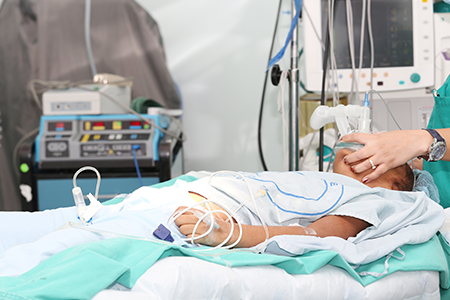The AMA recently released pre-production information about the likely changes to CPT® 2017. At this juncture, it appears like this update will comprise of approximately 140 new codes, with around 40 of those falling into Category III. Specific information is not available at this point, however, there are still a few things which can be expected to surface before or by the month of January next year. Anesthesia offices and coders must gear up for the new anesthesia CPT codes and steer their practice in the right direction for the upcoming year.
Changes in PQRS (Physician Quality Reporting System) Quality Measures
The Physician Quality Reporting System is widely known as a quality reporting program which encourages individual eligible professionals as well as group practices to report Medicare quality of care information. The system provides participating entities the opportunity to determine the quality of care provided to the patients, thereby helping them improving healthcare infrastructure. Additionally, all those who report satisfactorily for the 2016 program will be able to avoid the 2018 PQRS negative payment adjustment.
New additions to be made in Epidurals
There have been several instances in the past where the call for increasing choices for epidural injections surfaced. Given the new update, this surge in numbers could happen in the year 2017 itself. Several descriptors for adding details to these is also expected to be introduced as a part of this update. Some of the changes in new anesthesia CPT® codes will have the following description(s):
- Neurolytic substances
- Needle or catheter placement, interlaminar epidural or subarachnoid
- Guidance codes (77002, 77003) will have minor revisions
Moderate Sedation Time Frames Change
Anesthesia providers generally aren’t required to report any of the moderate sedation codes, however, it can always be a good practice to have an insight of the applicable codes. The CPT® “sneak peek” includes six new moderate sedation choices that are based on 15-minute increments of intraservice time rather than the 30 minutes associated with the current base codes such as 99149 (Moderate sedation services [besides those described by codes 00100-01999], specified by a physician or some other qualified health care professional other than the one performing the diagnostic/therapeutic service that the sedation supports; age five years or more, first 30 minutes intra-service time).
The new codes also overlook the “other than those services described by the 00100-01999 codes” detail. In addition to these, there will be certain other codes as well, which will continue to have similar instructions and guidelines just as before.
To get more details about these updates and to have your queries regarding the same answered, you can join expert speaker Kelly Dennis in a live audio conference on Thu, Dec15, 2016, titled “2017 Coding Updates for Anesthesia”. She will discuss anesthesia-related coding updates, preparing for upcoming PQRS changes, review available OIG work plan, links for valuable anesthesia resources, and much more!




